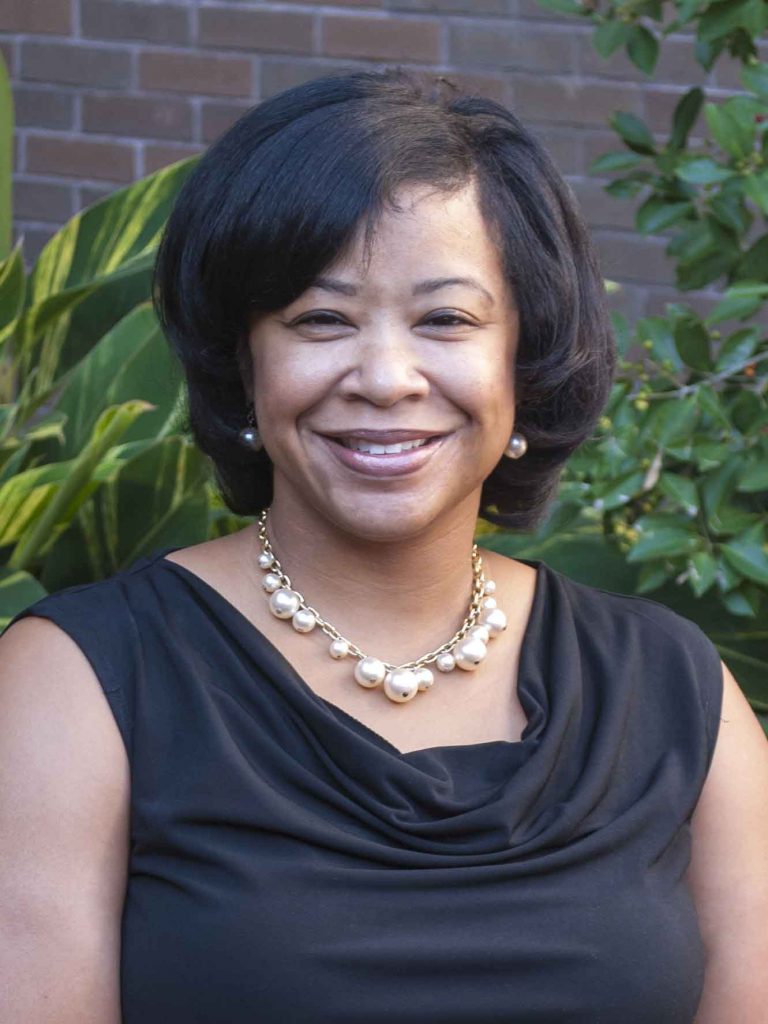It’s extremely important to get started on the path to financial success when you’re younger. That’s why we love visiting our local schools and teaching kids financial wellness—we know we’re making a positive impact on how they view their finances now and in the future. But what can you do to help teach your kids how to save and the importance of saving their money?
We talked with our Nationally Certified Credit Counselors to get their insight into some things you can do for your kids to get them interested and informed about saving money. Use one or all of these tips to help your kids save money in their youth savings account.
Kimberly Gaines
Before your kids can save money, they need to be making money. Starting a business is great way to do so; it teaches them financial skills and business skills.
They can try some of these easy-to-start business ideas:
- Babysitting a relative or friend of the family (if age permits)
- Household chores at home or for family friends
- Sitting with an elderly relative while they are alone (if age permits)
- Dog walking or animal sitting
The next lesson to focus on is managing payday. When they get paid, remember to teach them the difference between wants and needs as to how they should spend their hard-earned money. They should remember to save at least 10% of their earnings. This will teach responsibility and the concept of saving at the same time.
Lynn Gobert
Children are like “education sponges” in the first five to six years of their lives. They can easily be taught to speak foreign languages, play musical instruments and even make sound financial decisions at this early age. In regard to developing those skills, the first financial skills that are usually introduced are saving and managing money.
Developing the concept of the three major uses of money (spending, saving and sharing) is an easy lesson for small children to embrace. The three “S” concepts are in keeping with the social skills that are being taught at this stage of their lives—spend part of their money, save part of it and share a portion with people or charities that need it.
In most cases, having established this understanding of money early in life produces an adult who will be able to manage their household expenses and maintain a great credit history. This financial education will definitely prove rewarding as well as beneficial to children and their parents in their future.
Rhoda Hundley
In order to teach children how to save money, there must first be an understanding of the value of money. Whatever funds they receive, make a habit of having them to put a certain percentage away to save.
Make an outing of bringing them to the credit union every two weeks to deposit their savings and become familiar with financial institutions, thereby increasing their knowledge and awareness.
Have them save for a specific purpose or project (like purchasing a pair of tennis shoes). Parents may offer a challenge to match their child’s savings on a monthly basis. Pay your child for every “A” on their report card and encourage them to save a certain percentage.
With these tips, your children will be set for financial success! You can teach them to not only save, but to achieve a savings goal with a reward at the end. These tips are an educational and fun way to help your children feel a sense of accomplishment.
How will you get your kids started with saving? Let us know in the comments below!






